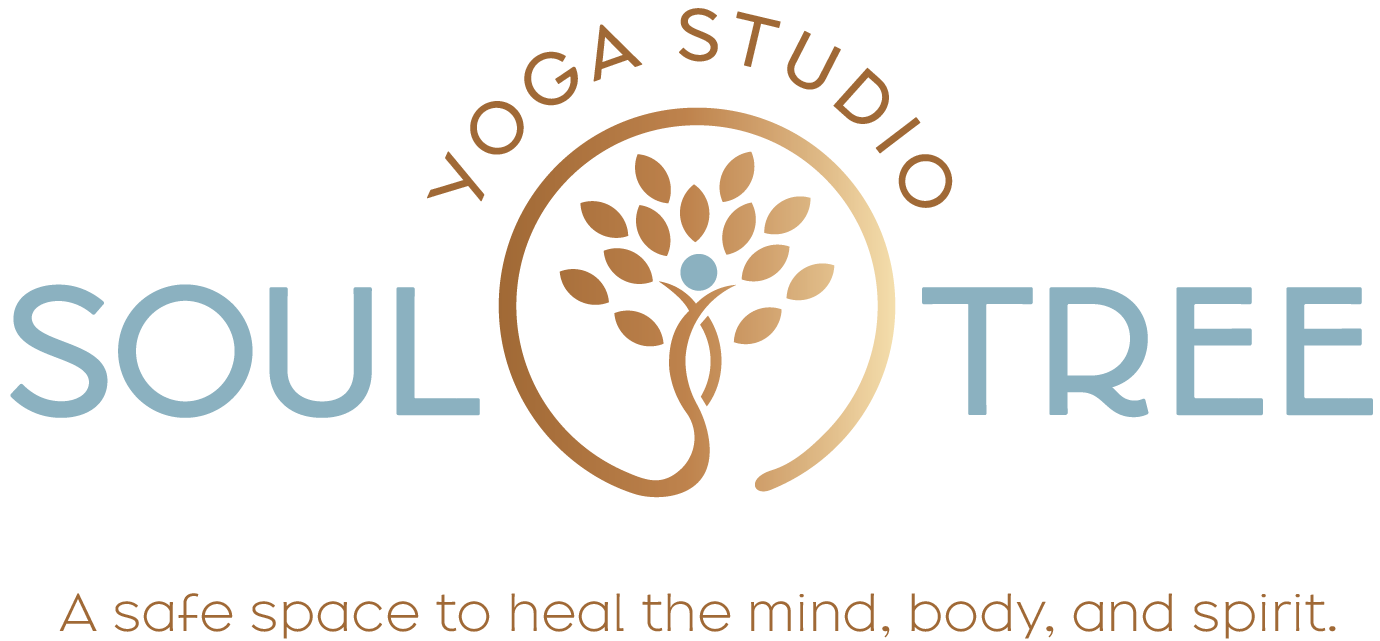Ayurvedic Tips for Vata Season
Embrace excellent health, creativity, and freedom this fall/winter!
VATA DOSHA | Air + Ether
Season | Late fall to late winter
Time | 2:00 - 6:00 am/pm
TIME OF LIFE | Age 50 - 75+ years
The common translation of vata is “that which moves things.” Vata is often referred to as the vayu (wind) in the body, and it is the primary motivating force of the doshas—without it, the other doshas are unable to move. Vata is dry, light, cold, rough, subtle/pervasive, mobile, and clear.
According to Ayurveda, Vata is responsible for our mental and physical adaptability. It is the energizing force of the body and mind, and it governs our nervous system, our bones, and our senses of touch and hearing. During the early fall and winter, Vata can accumulate in the colon, low spine, hips, thighs, bones, and nerves manifesting within the body as constipation, flatulence, dry skin, insomnia, arthritis or sciatica. The key to pacify Vata is to remain grounded, warm and stable. When out of balance emotionally, the light quality of Vata provokes fear, anxiety, loneliness and insecurity. When Vata is in balance, the Vata person experiences excellent health, stability, creativity, and freedom.
TIPS FOR PACIFYING VATA
Here are some practical suggestions for balancing the Vata dosha during the seasonal changes that occur in fall and late winter:
ASANA | Upon awakening, do some gentle yoga asanas, including Virasana, Apanasana, Cat-Cow, Bhujanghasana, Surya Namaskra, Vrksasana, Salabhasana and, Jathara Parivartanasana. The emphasis throughout your practice can be on softening your lower abdominal cavity, grounding your feet into the earth, building strength and stability, and allowing yourself sufficient rest after your practice.
PRANAYAMA | Cultivate a continuous Ujjayi Pranayama while focusing on the inhalation to move the breath downward towards the lower belly, pelvis and pelvic floor to promote warmth, stimulation, circulation and to ground you in the poses. Practice Nadi Shodhana (Alternate Nostril) breathing prior to meditation.
MEDITATION | A regular meditation practice assists in quieting, centering, and grounding the active Vata mind. So-Hum meditation can help steady the mind throughout your asana practice or sitting in stillness with your breath – here the sound “So” on your inhale and “Ham” on your exhale.
MASSAGE | Give yourself a slow and loving full body massage before taking a shower or bath. As a base, use sesame oil, which is warming and deeply nourishing. Essential oils of jatamamsi, ginger, lavender or rosewood can be added to further enhance healing benefits.
TEA | Drink a warm tea of fresh ginger, cardamom and cinnamon to warm the body and enhance circulation and digestion.
FOODS | Eat foods that are warming, grounding, predominately cooked, sweet, salty and sour and in season. Avocados, bananas, mangoes, peaches, lemons, asparagus, carrots, beets, pumpkins, quinoa, mung beans, almonds, sesame seeds and ghee are a few excellent food choices for a Vata person. Vatas love to graze throughout the day. Due to their variable appetite, it is favorable for them to create a routine around eating.
